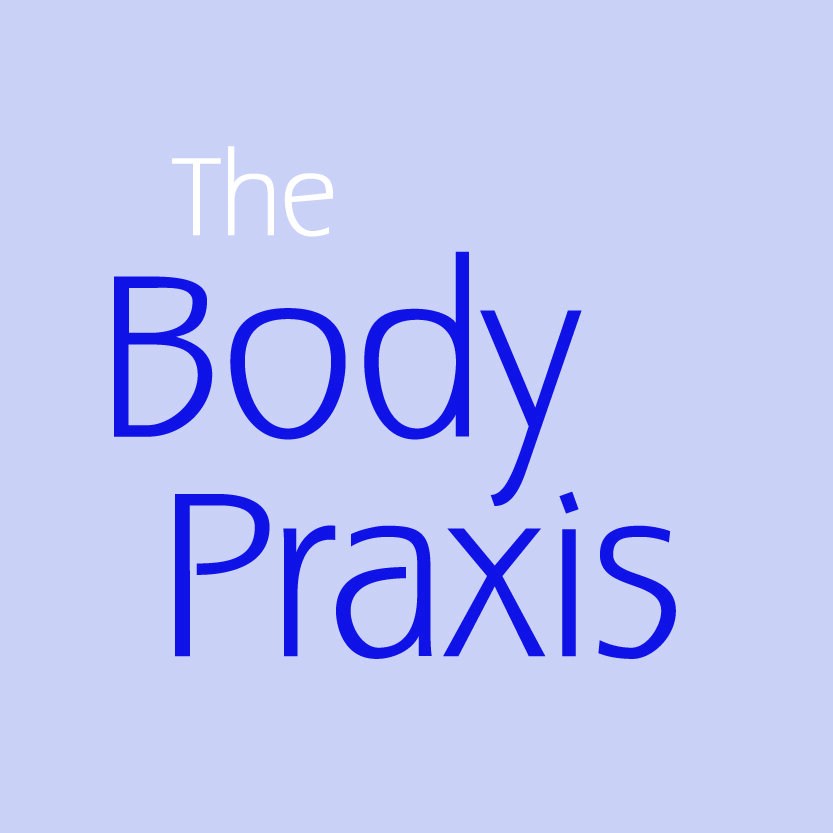What is functional training?
Functional training is a frequently used term and often one wonders: what exactly is it?
When you google the term “functional training”, you get definitions such as
“exercises that train your muscles to help you do everyday activities safely and efficiently.” Examples: full body multi-joint movements such as squats, standing rows or multi-directional lunges. (Mayo Clinic)
“a type of strength training that readies your body for daily activities. […] real-life, daily living stuff like bending, twisting, lifting, loading, pushing, pulling, squatting and hauling.” (Anytime Fitness)
The key to a successful functional training is to customize it to you and your current abilities to keep you safe and injury-free. Starting slowly and with no extra load or only minimal load will allow you to progress safely.
The common characteristics of functional exercises are that they are movements that
require multiple muscle groups to work at the same time, and
incorporate movements in multiple planes, and
require a certain level of coordination, concentration and core strength (Self.com)
Great examples of functional training exercises are squats, multi-directional lunges, deadlifts, push-ups, standing one arm cable row etc with many variations and modifications to make those and similar movement patterns available to you at your current fitness level.
Working on strengthening YOUR specific weaknesses and targeting YOUR specific goals will lead to the functional fitness YOU require to do the things YOU need to do, YOU like to do and YOU want to do.
Ask yourself: Can you get up from your chair? Can you reach the mug from that top shelf? Can you lift your carry-on luggage into the overhead compartment? Can you get up from the floor? Can you push open a door? Can you carry your bags full of groceries into your house? Can you lift the bag of dog food into your car? Can you pursue your hobbies the way you want? Can you do what you like? Can you follow your dreams?
In his article "Functional Training... It's not what you think" Cody Sipe of the Functional Aging Institute makes some interesting observations:
Functional training is an outcome not a method, meaning whatever exercise you do is a functional exercise if it improves your ability to perform your daily tasks. It could be a simple biceps curl if your arm strength is a limiting factor (e.g. during rehab after an arm fracture) but once that is no longer the case, continuing to do biceps curls will improve your strength, but not necessarily improve your functional ability. “Continuing to focus on muscle strength at this point would take unnecessary time and energy away from focusing on many other aspects of function that need to be improved.” The Functional Aging Training Model shows 6 specific areas of physical function that need to be addressed.
Since function depends on each person’s individual capabilities and the tasks required of them, functional training is not the same for every person. As a trainer I want to know what you need to do (e.g. bathing, dressing, shopping etc), like to do (e.g. gardening, hiking, volunteering, etc) and want to do (even if you currently can’t do it anymore or have never done it) in order to customize your program to help you reach those goals. Assessments and appropriate adjustments throughout your training program will keep it functional for YOU.
Research has shown that - as we grow older - muscle power is more functional than muscle strength. Being able to move quickly to - for example - prevent yourself from falling after you trip comes from high-velocity strength (power) training.
“Standing on one leg on a highly unstable surface” doesn’t make it functional, but certainly more difficult. Most of us spend most of our time on a stable surface (the floor). Creating instability with the use of external forces such as cables or perturbations while standing on the floor to train how to create stability statically and dynamically and how to respond to perturbations can be considered more functional.
As a Functional Aging Specialist I develop exercise programs for those of us over 50 that maximize physical function based on the evidence-based Functional Aging Training Model.
